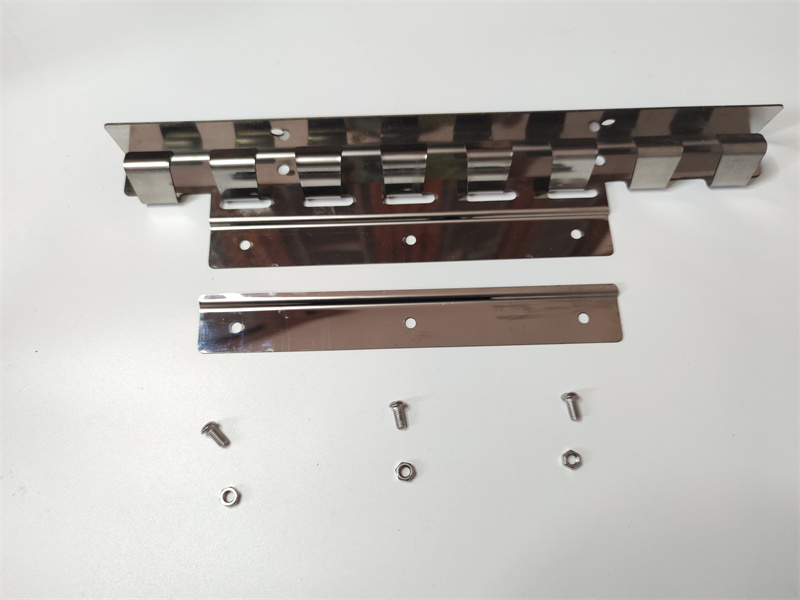- Afrikaans
- Albanian
- Amharic
- Arabic
- Armenian
- Azerbaijani
- Basque
- Belarusian
- Bengali
- Bosnian
- Bulgarian
- Catalan
- Cebuano
- Corsican
- Croatian
- Czech
- Danish
- Dutch
- English
- Esperanto
- Estonian
- Finnish
- French
- Frisian
- Galician
- Georgian
- German
- Greek
- Gujarati
- Haitian Creole
- hausa
- hawaiian
- Hebrew
- Hindi
- Miao
- Hungarian
- Icelandic
- igbo
- Indonesian
- irish
- Italian
- Japanese
- Javanese
- Kannada
- kazakh
- Khmer
- Rwandese
- Korean
- Kurdish
- Kyrgyz
- Lao
- Latin
- Latvian
- Lithuanian
- Luxembourgish
- Macedonian
- Malgashi
- Malay
- Malayalam
- Maltese
- Maori
- Marathi
- Mongolian
- Myanmar
- Nepali
- Norwegian
- Norwegian
- Occitan
- Pashto
- Persian
- Polish
- Portuguese
- Punjabi
- Romanian
- Russian
- Samoan
- Scottish Gaelic
- Serbian
- Sesotho
- Shona
- Sindhi
- Sinhala
- Slovak
- Slovenian
- Somali
- Spanish
- Sundanese
- Swahili
- Swedish
- Tagalog
- Tajik
- Tamil
- Tatar
- Telugu
- Thai
- Turkish
- Turkmen
- Ukrainian
- Urdu
- Uighur
- Uzbek
- Vietnamese
- Welsh
- Bantu
- Yiddish
- Yoruba
- Zulu
hardware
The Evolution and Future of Computer Hardware
In the rapidly advancing world of technology, hardware stands as the backbone of all computing systems. As the tangible component that enables software to operate and perform tasks, hardware has witnessed monumental evolution since the inception of computers. From humble beginnings to the sophisticated devices of today, understanding the trajectory of hardware development sheds light on how it will shape our future.
Historical Overview
The journey of computer hardware began in the mid-20th century with the creation of large, room-sized machines like the ENIAC. These early computers used vacuum tubes and were incredibly cumbersome, both in size and energy consumption. As technology progressed, transistors replaced vacuum tubes, leading to the development of smaller, faster, and more reliable machines. The introduction of integrated circuits in the 1960s marked a significant milestone, allowing multiple transistors to be embedded on a single chip, drastically reducing size and cost.
The late 1970s and 1980s saw the advent of personal computers (PCs), marked by the release of iconic models such as the Apple II and IBM PC. These systems democratized computing, making it accessible to the masses. As technology advanced, the focus shifted to enhancing performance, portability, and user-friendliness. This era paved the way for the innovations of the 1990s and 2000s, characterized by rapid advancements in microprocessor technology, storage solutions, and the introduction of graphical user interfaces.
Modern Hardware Landscape
Today, computer hardware encompasses a wide array of components, each crucial in its own right. Central processing units (CPUs) are the heart of any computer, executing instructions and processing data at astonishing speeds. The evolution from single-core to multi-core processors has significantly enhanced computing power, allowing for multitasking and complex computations.
Another critical component is graphics processing units (GPUs), which have gained prominence with the rise of gaming, video editing, and machine learning applications. Modern GPUs are not just designed for rendering graphics but also for parallel processing tasks, making them invaluable in various fields, including artificial intelligence and scientific research.
hardware

Storage solutions have also transformed with the advent of solid-state drives (SSDs). Compared to traditional hard disk drives (HDDs), SSDs offer unmatched speed, reliability, and performance, changing how we store and access data. Meanwhile, emerging technologies such as 3D NAND and NVMe interfaces are propelling storage capabilities further, catering to the increasing demand for faster, more efficient data processing.
The Future of Hardware
Looking ahead, several trends and technologies hold the promise of reshaping the hardware landscape. Quantum computing represents one of the most significant advancements on the horizon. By leveraging the principles of quantum mechanics, quantum computers have the potential to solve problems beyond the capabilities of classical computers, especially in fields like cryptography and complex simulations.
Moreover, the burgeoning field of edge computing is gearing up to redefine data processing. As more devices connect to the Internet of Things (IoT), the need for processing data closer to the source becomes essential. Edge computing minimizes latency and bandwidth usage, improving overall system efficiency and responsiveness.
Another exciting area to watch is the development of neuromorphic computing, which aims to mimic the neural structure of the human brain. This technology promises to enhance artificial intelligence capabilities, enabling machines to learn and adapt more intuitively.
Conclusion
In summary, the evolution of computer hardware has been a remarkable journey from massive room-sized machines to sleek, powerful devices that fit in our pockets. As we look to the future, innovations in hardware will continue to drive technological advancements, enabling smarter, faster, and more efficient systems. The interplay between hardware and software will undoubtedly lead to new opportunities and challenges, as we navigate a world increasingly reliant on technology. Understanding this evolution allows us not only to appreciate the past but also to anticipate the exciting developments that lie ahead.
-
Magnetic Thermal Door Curtains Energy-Saving & Insect-ProofNewsMay.19,2025
-
Klare PVC Türleisten Durable, Transparent & Waterproof Door StripsNewsMay.19,2025
-
PVC Strip Curtains Durable Faltvorhang & Türrollen aus PVCNewsMay.19,2025
-
Industrial & Commercial Freezer Curtains Energy-Saving Cold Storage SolutionsNewsMay.18,2025
-
Clear Garage Door Curtains Durable, Energy-Saving PVC Strip SolutionsNewsMay.18,2025
-
China Style Curtains Hangers - Durable & Elegant Home Decor SolutionsNewsMay.18,2025



